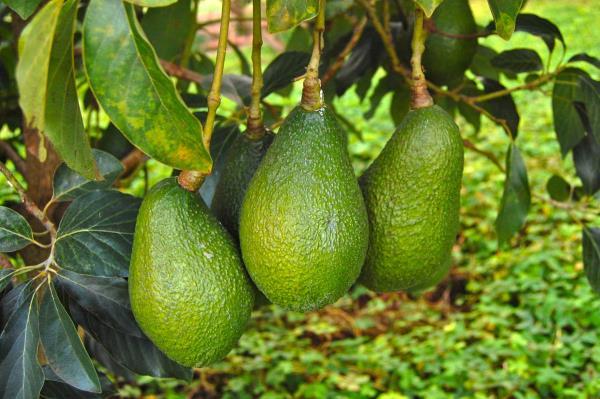Colombian scientists develop AI tool to predict the appearance of pests in avocados
Colombia
Sunday 26 March 2023
VU
The National University of Colombia (Unal) and Agrosavia developed a tool with artificial intelligence to predict smaller risk zones in the lots where pests appear in Hass avocados, to carry out precise control and monitoring and establish management programs. (photo: infobae.com)
The National University of Colombia (Unal) and Agrosavia developed a tool with artificial intelligence to predict smaller risk zones in the lots where pests appear in Hass avocados, to carry out precise control and monitoring and establish management programs.
The weevil and the moth are pests that damage entire crops, fulfilling their life cycle inside the fruit and devouring it from the inside.
Producers require immediate solutions to these pests that hold them back economically and productively, limiting their shipments to some destinations.
According to data from the Unal Agency, these insects affect more than 60% of the crops in Caldas, Antioquia, Cauca, Risaralda, Tolima, Quindío and Valle del Cauca.
The researchers applied machine learning techniques in hass orchard plots in Timbío and Sotará (Cauca region). In addition, spatial and pattern analysis and statistics and geostatistics were carried out.
As the university explains in its article, machine learning is a method that is part of artificial intelligence, based on data-driven machine learning, to develop the final model and predictions.
The research was carried out under the direction of researcher (Ph. D.) Arturo Carabalí Muñoz, from Agrosavia, and Professor John Josephraj Selvaraj from the Faculty of Engineering and Administration (Unal, Palmira campus), with the support of agronomist Juan Camilo Zapata. Calero, Master in Agricultural Sciences.
Zapata explained that to classify the presence or absence of damage, artificial neural networks were used that process data "in an inspired way, as the human brain does" and are capable of learning patterns and fulfilling prediction and classification tasks.
To make the predictions, different phenological factors were taken, such as planting date, temperature, day length and moisture supply, among others. The researcher identified fifteen climatic variables to work with.
For the project, four lots of avocado were taken, the trees were marked and geopositioned. From the climatic change that is carried out every fortnight, bad trees were detected. With this information, the data is analyzed, and machine learning algorithms are used to identify alterations.
The study showed 80% probability of predictability for the trait under examination. Based on the data obtained, an application model is generated, in which the geographical data of the plant property is stored.
source: agronegocios.co





